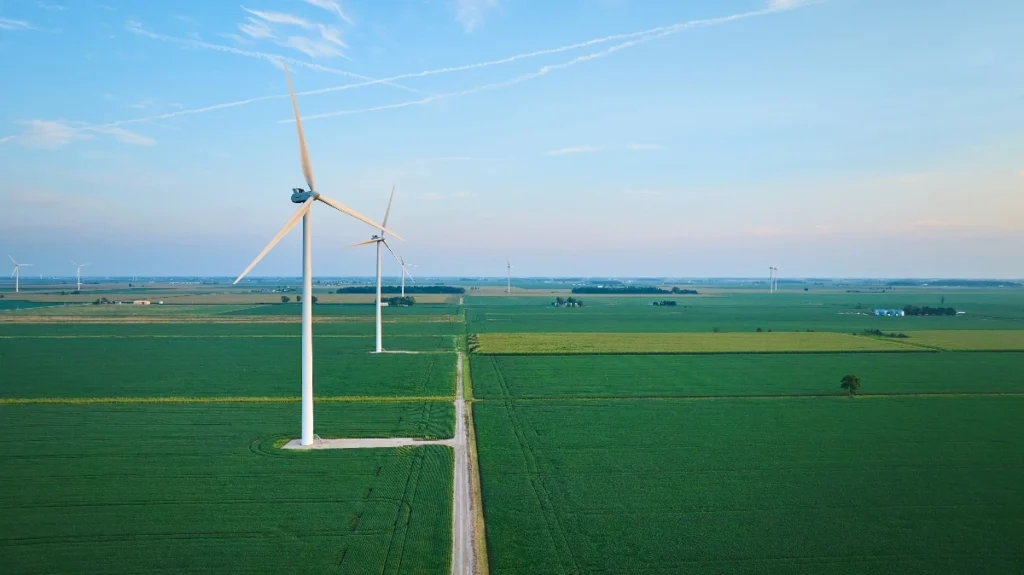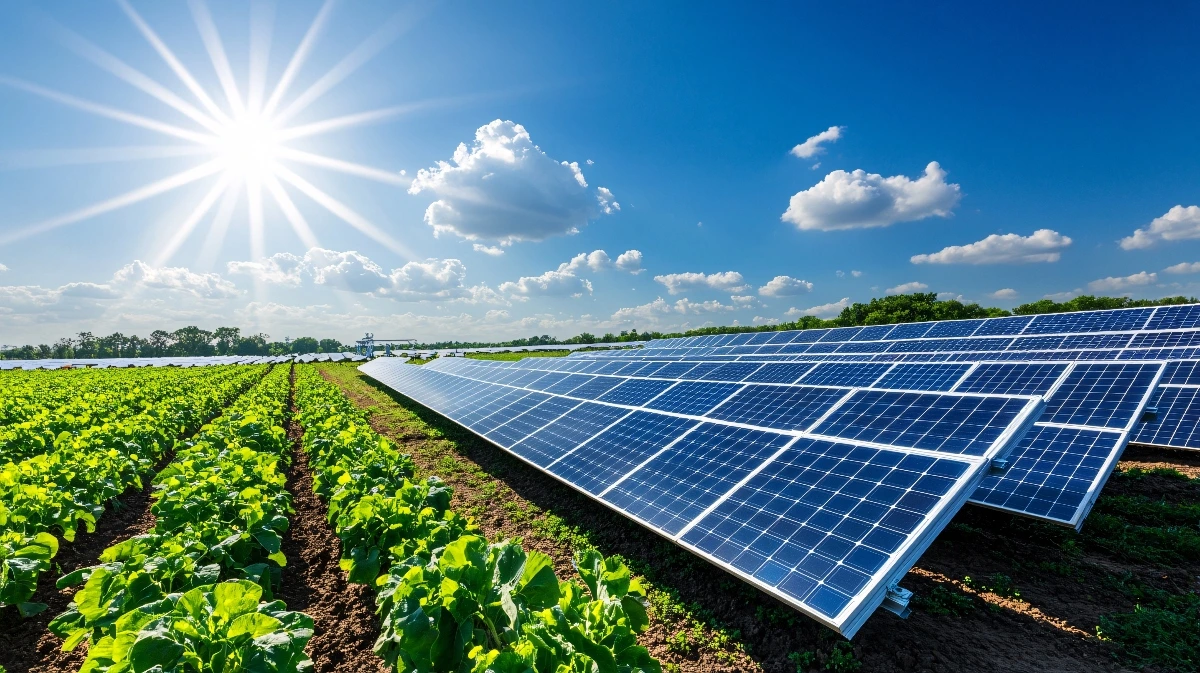The growing demand for renewable energy has led to an increase in the development of wind and solar farms across the Midwest. This surge in renewable energy projects has created a complex dynamic between landowners and developers, resulting in the need for collaboration, negotiation, and sometimes conflict.
Understanding the Landscape
Landowners often find themselves at a crossroads when approached by developers interested in utilizing their land for renewable energy projects.
For many, the prospect of receiving lease payments can be enticing, providing a new revenue stream that may coexist with traditional agricultural practices.
However, landowners must also consider the long-term implications of such agreements, including impacts on land use, aesthetics, and community relations.
Negotiation and Agreements
The negotiation process can be difficult. Landowners may have reservations about the potential for land degradation, or changes in land use that could affect future generations. Developers may not always be transparent and willing to address these concerns.
Often, you need to read through all the fine print to truly understand what is being proposed. This is not necessarily the developer being malicious, just simply doing their job of selling the pros of the development. It is your job as the owner to discern any negative aspects.
Written agreements can vary significantly, encompassing lease terms, compensation, maintenance responsibilities, and decommissioning plans. Successfully executed contracts hinge on clear communication and mutual respect, with both parties understanding their rights and responsibilities.

Wind Projects
Wind farms continue to be built in our entire trade territory. The towers have continued to get larger and more efficient, allowing for higher annual payments per tower. There are positive and negative aspects that should be considered before proceeding with a wind contract.
Positive aspects include:
- Substantial annual payment for small amount of area.
- Small footprint relative to entire farm.
- The ability to farm the remainder of the farm.
- Small land rental payment for all acres until the wind farm is constructed.
- Possible increase in farm value if viewed positively by local buyers.
Negative aspects include:
- Compaction around the tower from large construction equipment.
- Access driveways from the nearest road to the tower may not be conveniently placed.
- Collection cables are buried underground.
- Noise and flicker from the turbine blades can be inconvenient.
- Easement agreement may encompass the entire farm.
- Must be located near the end user or a transmission line carrying to an end user.
- Possible decrease in farm value if viewed negatively by local buyers.
A fairly new concept being introduced in Northwest Iowa is the creation of a new green hydrogen production plant using wind and solar power to power the plant.
The hydrogen produced can further be utilized in multiple other products including green fertilizer. This project is in the early stages of planning and is likely more than 5 years from beginning construction.

Solar Projects
Solar projects on a large commercial scale are not something we have seen much in Northwest Iowa, although there has been increased interest in the last couple of years. These projects can be very small and only cover a few acres or are very large and cover a few hundred acres of your farm.
Most farms that are offered solar leases are in close proximity to an electrical substation with the ability to transport the power generated to a location with high demand.
Positive aspects of solar panels:
- Substantially higher lease payments compared to agricultural cash rental rates.
- Long-term leases with initial terms of 20-30 years. Usually, another 5-10 year developer option after the initial lease period is over.
- 2% annual payment escalation is fairly standard.
- May be able to graze the area under and around the panels.
Negative aspects of solar panels:
- No longer able to farm traditional crops on the land.
- What permanent structures are left in the ground after removing the panels?
- What extent of cleanup is done after a major weather event like large hail or a tornado?
- Local buyers may not be interested in buying a farm where they cannot grow crops, limiting your potential buyer pool.
Carbon Pipelines
The introduction of a potential carbon pipeline throughout the state of Iowa and into the Dakotas has been nothing short of controversial. Multiple states have seen court contests over individual property rights and the use of eminent domain.
Underground pipelines are nothing new across Iowa and other midwestern states as there are numerous refined petroleum and anhydrous ammonia lines currently in use. The Dakota Access pipeline was installed in the late 2010’s and is a 30-inch diameter crude oil pipeline that traverses 1,172 miles starting in North Dakota and ending in Illinois.
What do carbon pipelines have to do with renewable energy?
The concept behind the proposed pipeline is to capture the carbon dioxide gas produced in the production of ethanol and compress the gas into a transportable liquid form. The CO2 is then transported through the pipeline to a storage location in North Dakota, where the geology allows underground storage thousands of feet below the surface.
The concept of carbon capture allows for ethanol producers in the Midwest to capture potential tax incentives and lower the carbon score of the ethanol they produce.
Lowering the carbon score of ethanol helps meet the Low Carbon Fuel Standard enacted in California, Washington, and Oregon. Several other states are also considering similar legislation. Canada, Denmark, and the European Union all have incentives in place for production of lower carbon fuels as well.
The pipeline company is still actively working to acquire voluntary easements in the proposed path of the CO2 line as they battle in court for the right of eminent domain.
If you have a farm in the path of this proposed pipeline, we encourage you to seek more information from someone other than the right of way agents hired to acquire the easements.
Here are some questions to ask and things to consider:
- What is the diameter of the proposed pipeline on my farm?
- How much is the easement payment per acre?
- What compensation is given for crop damage during and after installation?
- How will any potential compaction be addressed?
- How will drainage tile be repaired if the pipeline intersects existing drainage systems?
- What is the proposed depth of the new pipeline?
- What rights of ingress and egress are being requested?
- What happens to the soil if there is a leak?
- Are there any potential health hazards?
Stalcup Ag Service does not have any position regarding any of these different types of projects. We just want to provide any type of information you may be looking for without bias.
The interactions between landowners and developers of wind and solar farms and pipeline companies are multifaceted and require careful consideration from both sides.
Having an open dialogue and prioritizing transparent agreements, both landowners and developers can work towards a future that embraces renewable energy while respecting the rights, values, and needs of the land and its owners.
Read more Today’s Land Owner Spring 2025:



